Unconditional election?
November 1st, 2020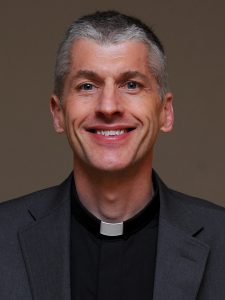 By Pastor Craig Pederson
By Pastor Craig Pederson
We recently celebrated two significant rites of passage in our household. In September, our 16-year-old son Evan successfully obtained his driver’s license on his second attempt. (He maintains that he should have passed the first time, but the test administrator nailed him on a minor technical detail – another “life just isn’t fair” moment.)
Then three weeks ago, our 14-year-old daughter Nora affirmed the promises of her baptism at a beautiful, socially distanced, attendance-limited Service of Confirmation at First Lutheran Church in Columbia Heights (where Pastors Bonnie Wilcox and Jill Bergman are outstanding Christian leaders for the church and the broader community). Through her mask, Nora prayed the Prayers of Intercession for the church, the world, and the life into which she would now carry her baptismal promises.
“At a national and global level, the disruptions caused by the pandemic, by economic upheaval, and by racial justice awakenings are at a level we’ve not seen in our lifetimes.”
Rites of passage take us from one side of an experience to the other. Through the process of maturation, observation, and study, we usually know what will be expected of us once we pass through to that other side – that is, assuming the systems in which we are doing the “passing” are relatively stable and predictable.
This is not such a time.
“Disruption” is a buzzword often used to describe business dynamics, change management strategies, and even church trends. But the level of disruption we are experiencing right now in at all levels our society is mind-numbing.
AT A PERSONAL LEVEL, with his newfound mobility my son might have expected to drive to and from school and his extracurriculars, as well as to hang out with his friends, essentially unencumbered (other than our parental parameters, of course). But as I write this, an already pandemic-affected Halloween party he planned to attend has been altered because one of his friends had a family member test positive for COVID-19.
And for Nora, with her confirmation into the membership of our church, she had hoped to participate more fully in worship and service and to teach Sunday School. These things may still happen, but they will be much different than “normal” because of distancing restrictions and reduced opportunities for in-person experiences.
“Disruption is not always a bad thing. The tension it can produce is sometimes healthy.”
At a national and global level, the disruptions caused by the pandemic, by economic upheaval, and by racial justice awakenings are at a level we’ve not seen in our lifetimes.
Disruption is not always a bad thing. The tension it can produce is sometimes healthy, and sometimes necessary – as in the case of our current need to look squarely in the eye of systemic injustices and to commit to tangible actions.
But disruptions also mean that rites of passage do not automatically deliver us into a safe, predictable future.
THIS WEEK I AM reminded of another rite of passage that is being exercised by millions of Americans: young people, new citizens, and others. That “rite” is the “right” to vote. Even if we know the election results soon after the polls close, we may not know what those results mean on the other side. Many believe this is when the hard work of healing, reconciliation, and restoration will begin – in our churches, in our communities, and in our nation.
“But disruptions also mean that rites of passage do not automatically deliver us into a safe, predictable future.”
And what will be expected of us as children of God? That is a question for us to continue to discern together. The 2nd Reading for All Saints Sunday says it well:
“See what love the Father has given us, that we should be called children of God; and that is what we are. … Beloved, we are God’s children now; what we will be has not yet been revealed. What we do know is this: When he is revealed, we will be like him, for we will see him as he is.” (1 John 3:1-2)
Let us look for Christ in the face of others, and shine the light of Christ into the lives of others, as we pass into the weeks and months to come.


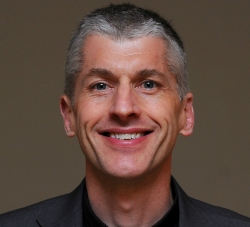

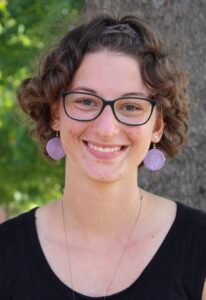 By Madeline Troyer
By Madeline Troyer 
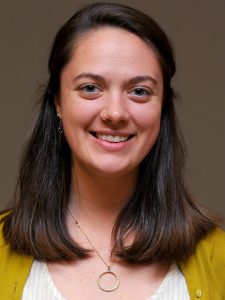 By Emilie Bouvier
By Emilie Bouvier 
 Between hikes I read Robin Wall Kimmerer’s words, learning about the distinctive biological features of mosses, but more, learning from their lives and patterns. I learned about how mosses use their advantage of being small, carving out their space to live in the thin “boundary layer” between a surface and the fast flowing air just inches above it. I learned about how mosses live in relationship to rocks, other plants, air, water, trees.
Between hikes I read Robin Wall Kimmerer’s words, learning about the distinctive biological features of mosses, but more, learning from their lives and patterns. I learned about how mosses use their advantage of being small, carving out their space to live in the thin “boundary layer” between a surface and the fast flowing air just inches above it. I learned about how mosses live in relationship to rocks, other plants, air, water, trees.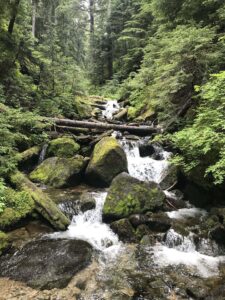

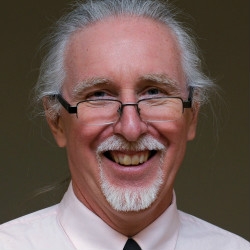
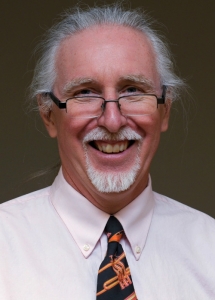 By Bob Hulteen
By Bob Hulteen 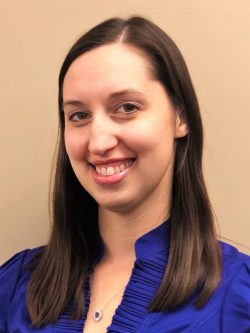
 By Brenda Blackhawk
By Brenda Blackhawk  By Pastor Craig Pederson
By Pastor Craig Pederson 
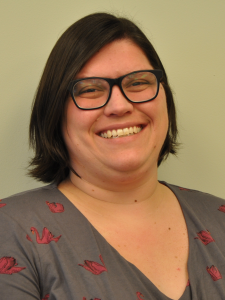 By Meghan Olsen Biebighauser
By Meghan Olsen Biebighauser 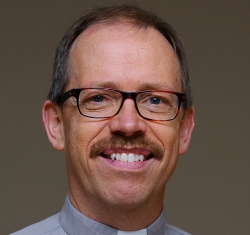
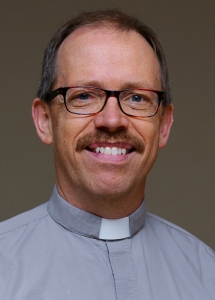 By Pastor John Hulden
By Pastor John Hulden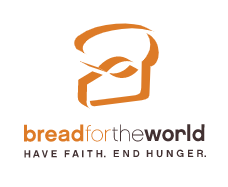

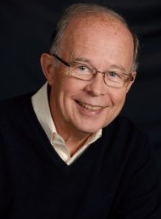 By Rev. Dick Magnus
By Rev. Dick Magnus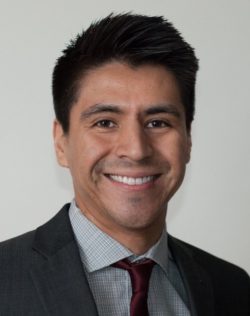
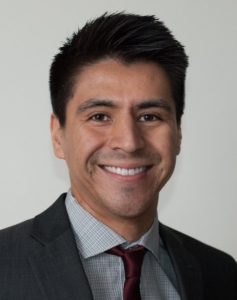 By Eric Howard
By Eric Howard